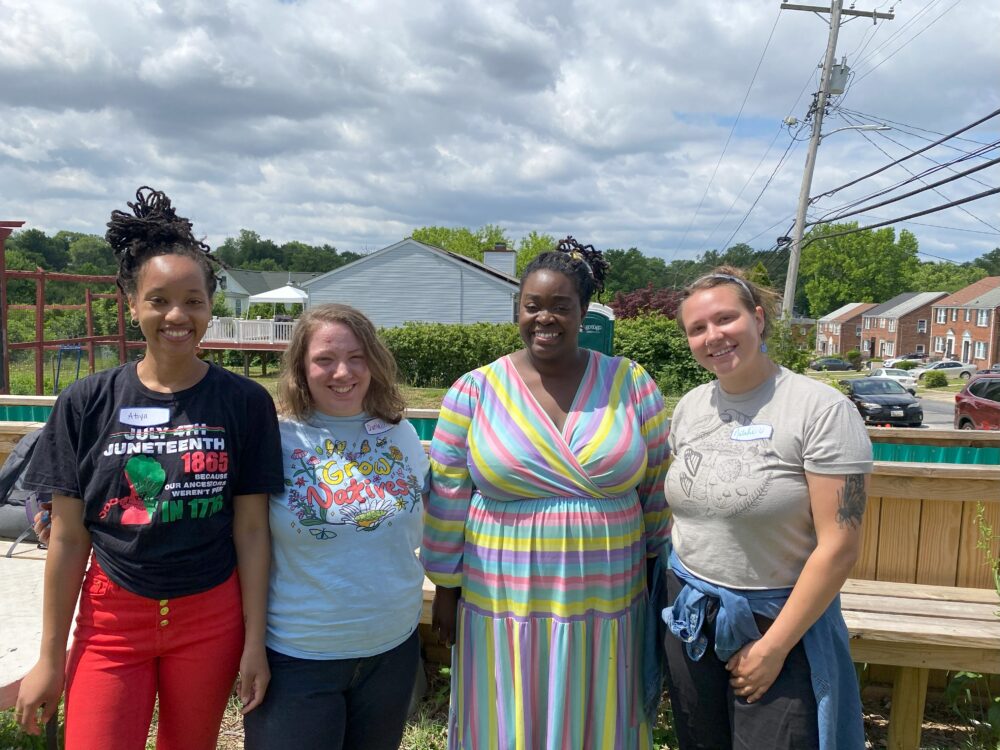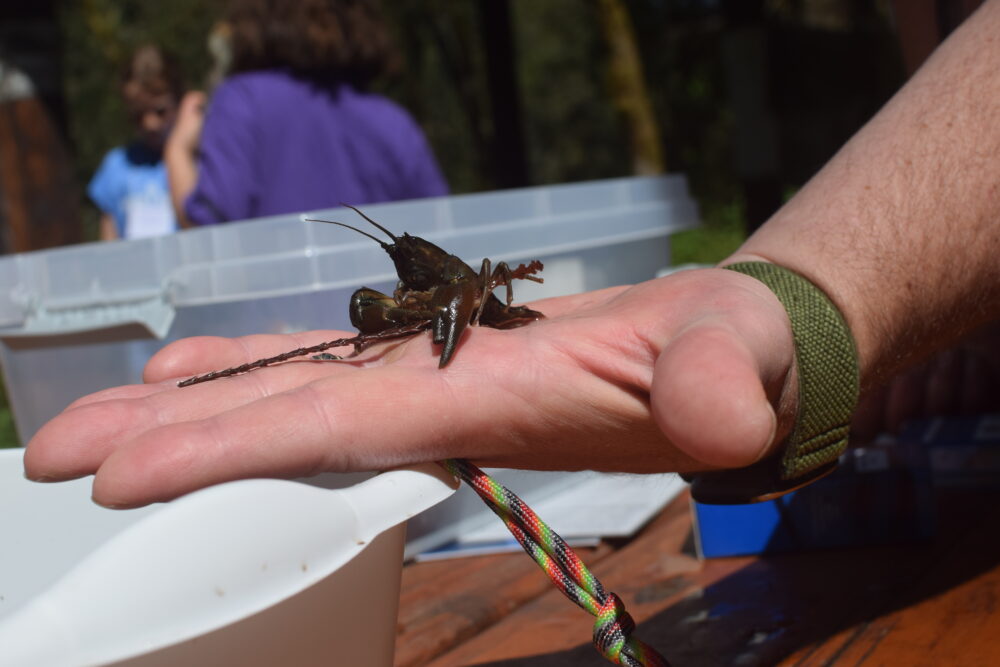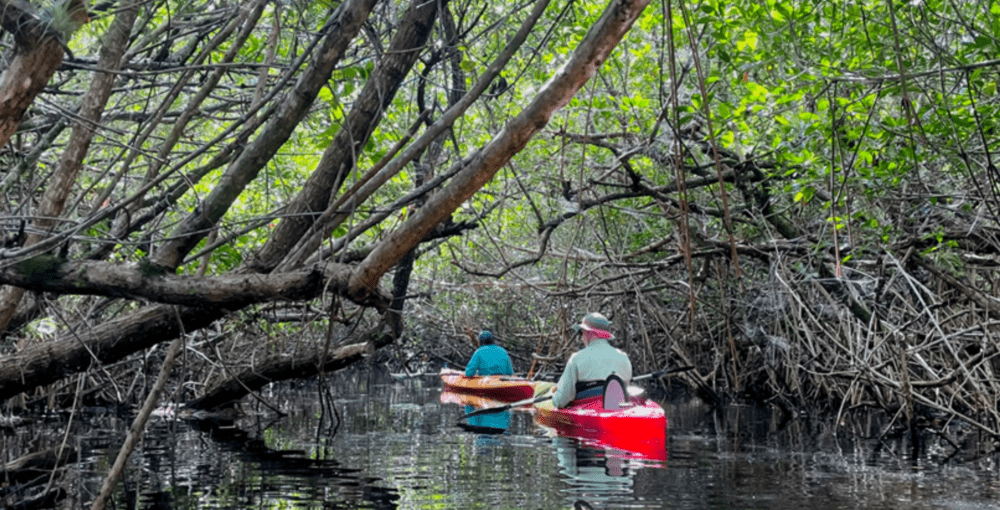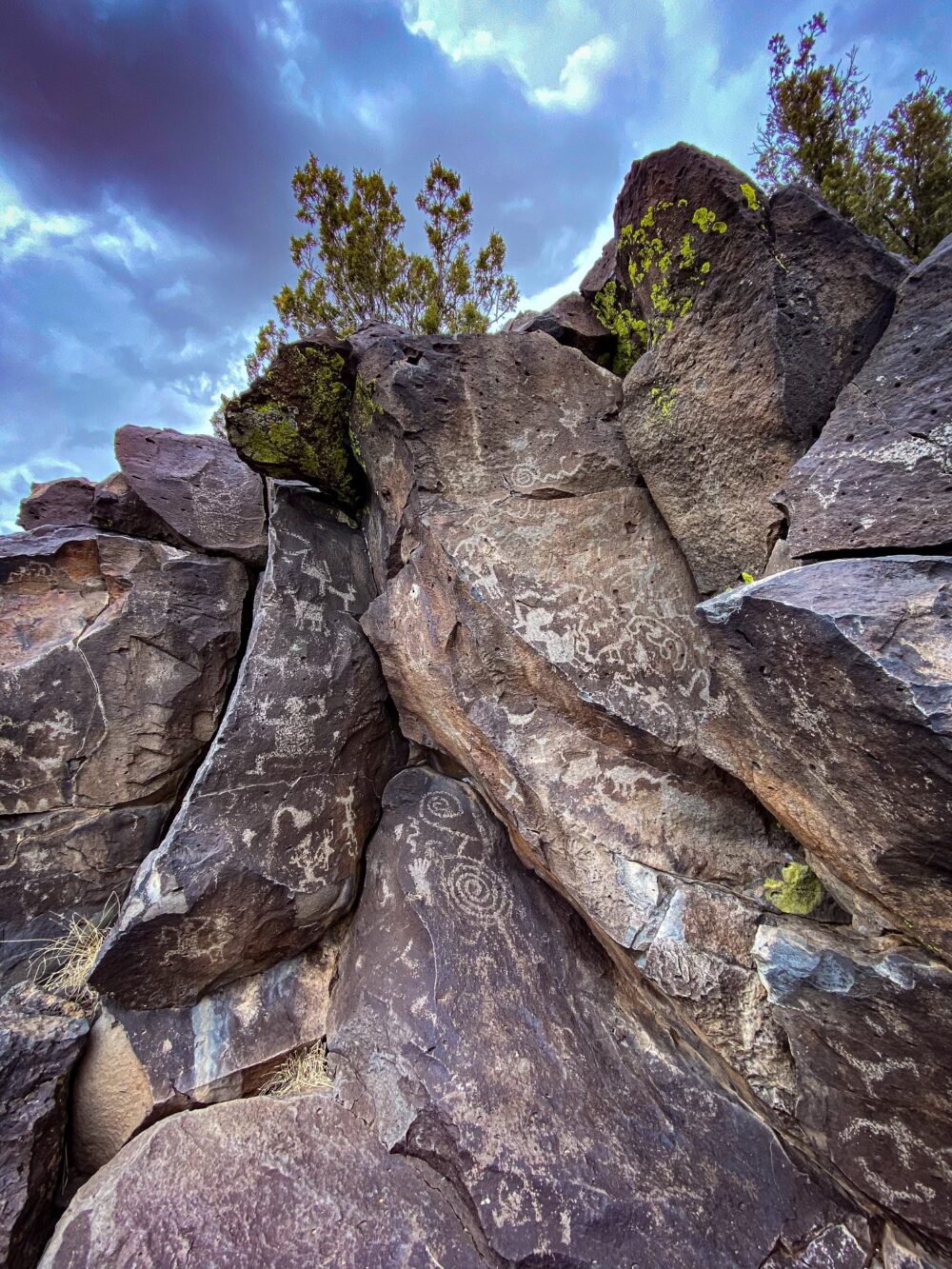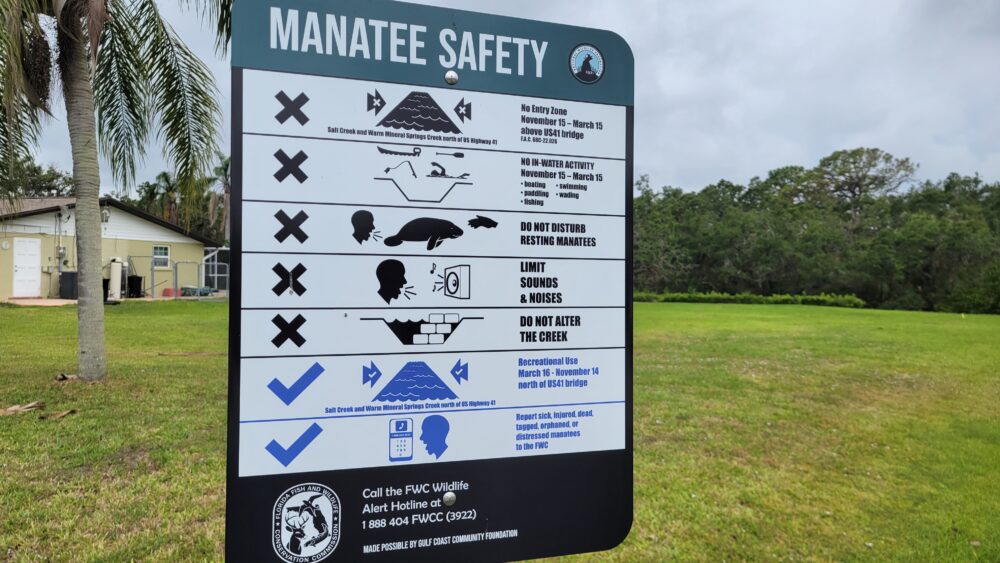We have much more to do and your continued support is needed now more than ever.
Invasive Species Removal Inspires Action
Last Saturday, I spent the afternoon waist deep in thorn thickets sawing down growths of the invasive autumn olive shrubs.
Manual labor was not in my plans when I signed up to attend a field trip for my conservation biology class to the Ives Road Fen in Tecumseh, MI. It was an opportunity to experience a fen, which is a rare type of wetland that is fed by mineral rich waters and home to a range of wildlife and plants. I was excited to see this rich habitat that was thriving only 45 minutes out of downtown Ann Arbor, MI.
It came as a shock when I realized the large impact invasive species have had on the fen. Even more of a surprise was hearing that I was expected to help remove the tough and invasive autumn olive plants.
When all is said and done however, I’m glad for the experience helping remove invasive species. It really drove home the impact of invasive species to me in a way that a textbook never could.
Books might mention that invasive species have the capability to dominate an ecosystem and wipe out native species, but when you see firsthand how stark and desolate the land is where invasive species have been eradicated the effect is much more powerful. We were in the middle of a remarkable fen ecosystem with hundreds of different species, yet the place where autumn olive had invaded was was now completely barren ground.
I may not have planned on manual labor, nor was I thrilled at having it sprung upon me, but I do plan on returning and bringing others with me to help eradicate autumn olive.
If the work that we did on one Saturday afternoon can help bring back the life and vitality of the fen to that desolate spot then it was entirely worth it.
Any positive action– one day of pulling and hacking invasive species or participating in the cleanup of a small local stream– can have a profound impact on restoring local ecosystems. No action is too small, and I encourage everyone to get involved in whatever way they can to help restore local wildlife habitat.














